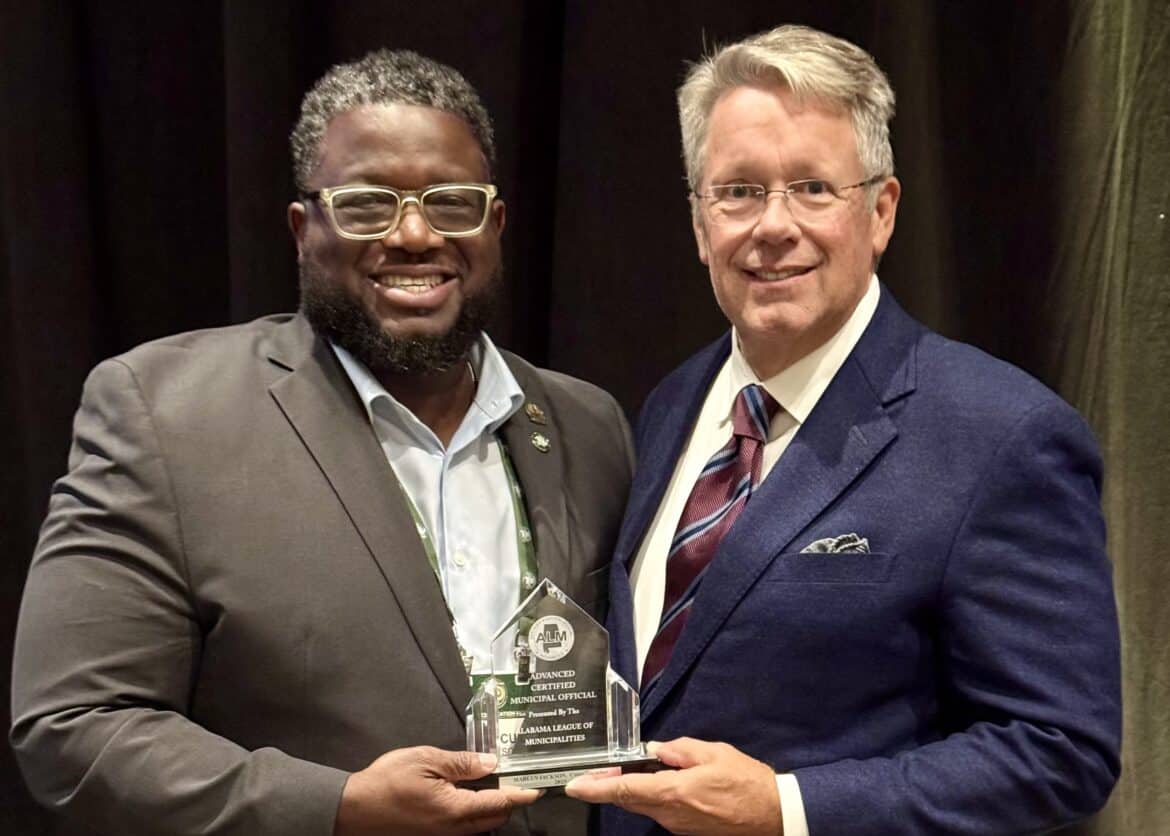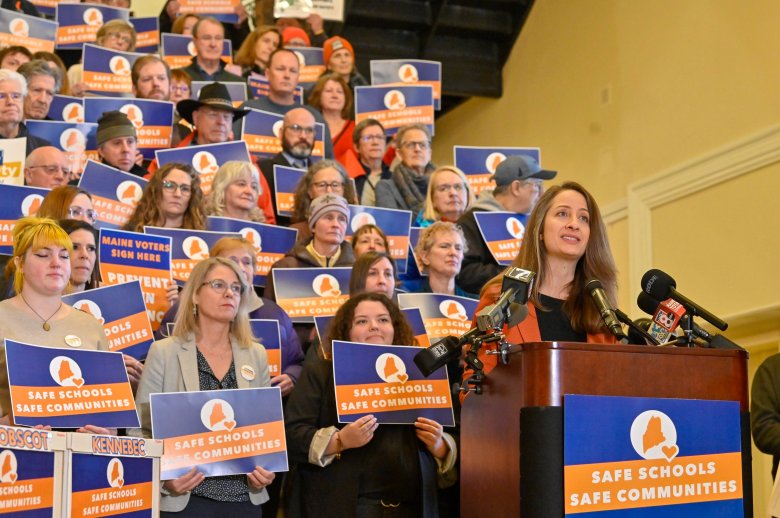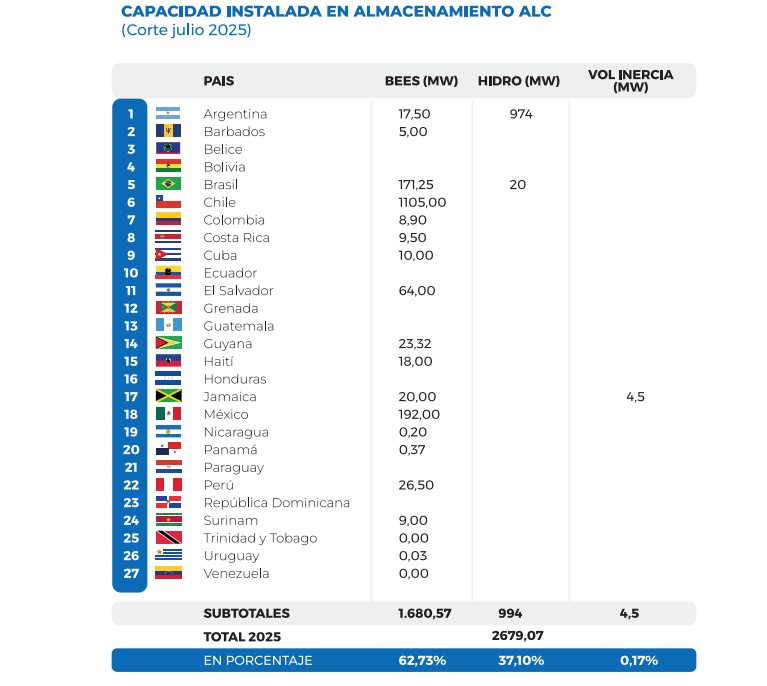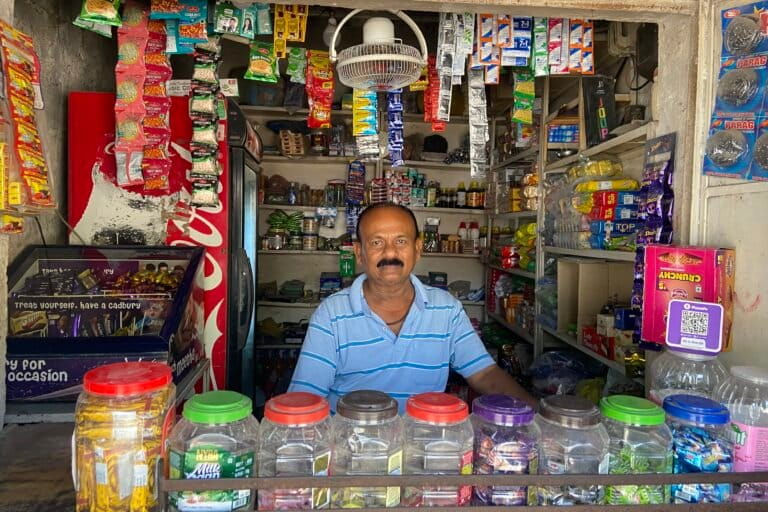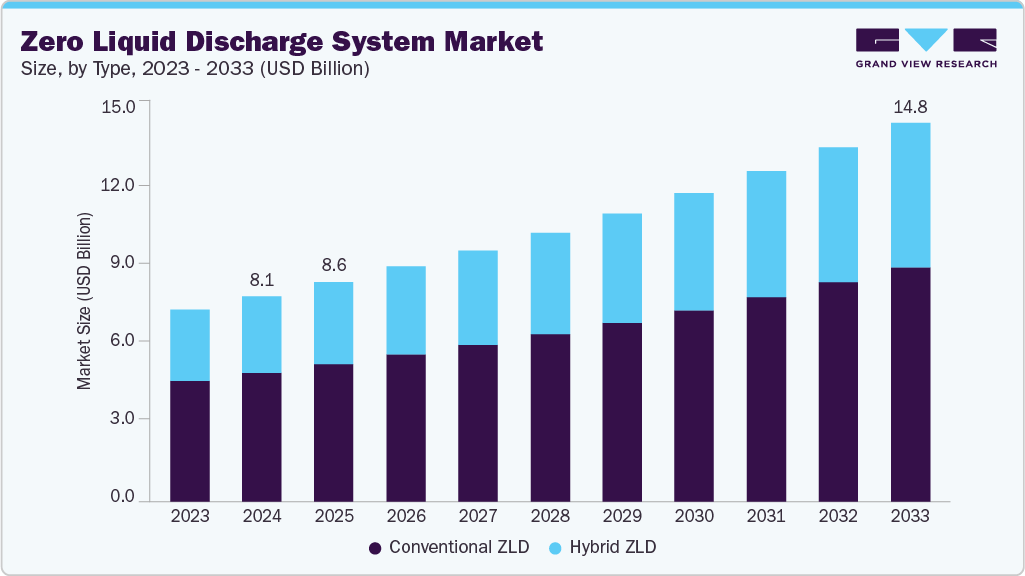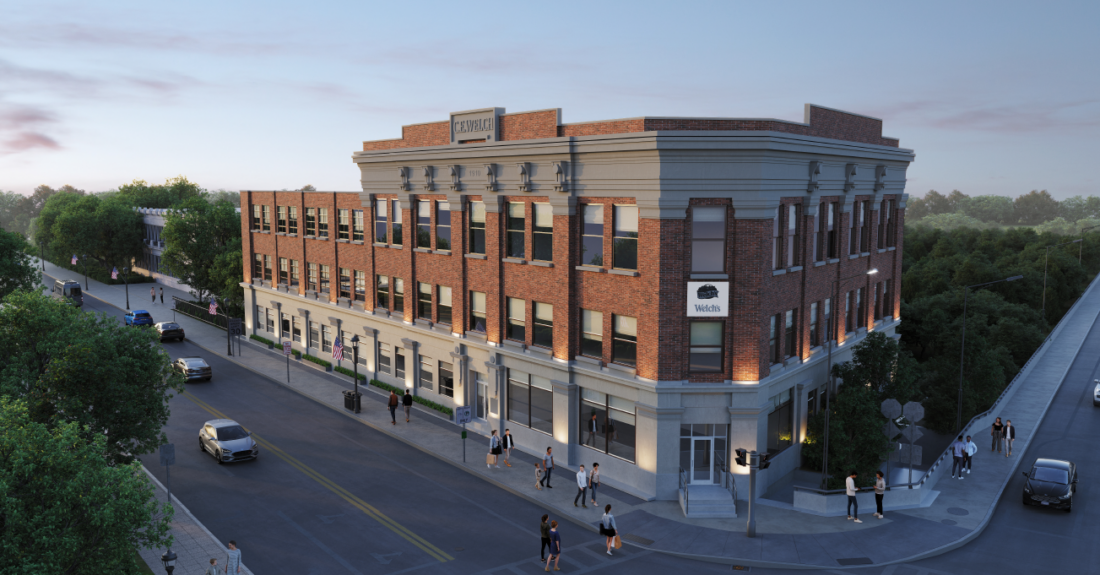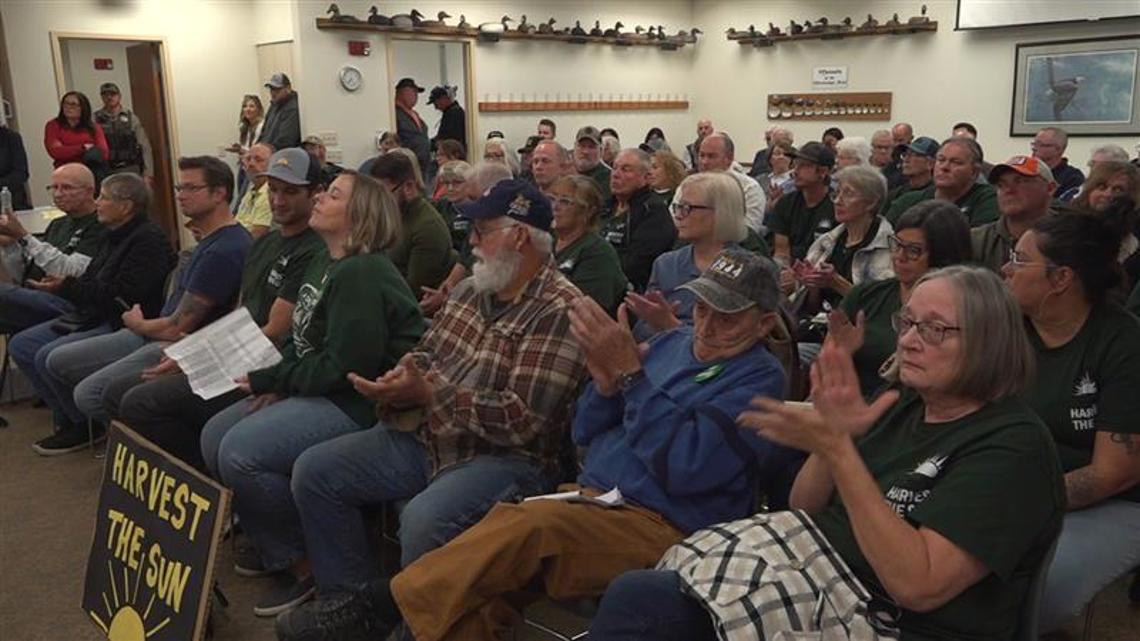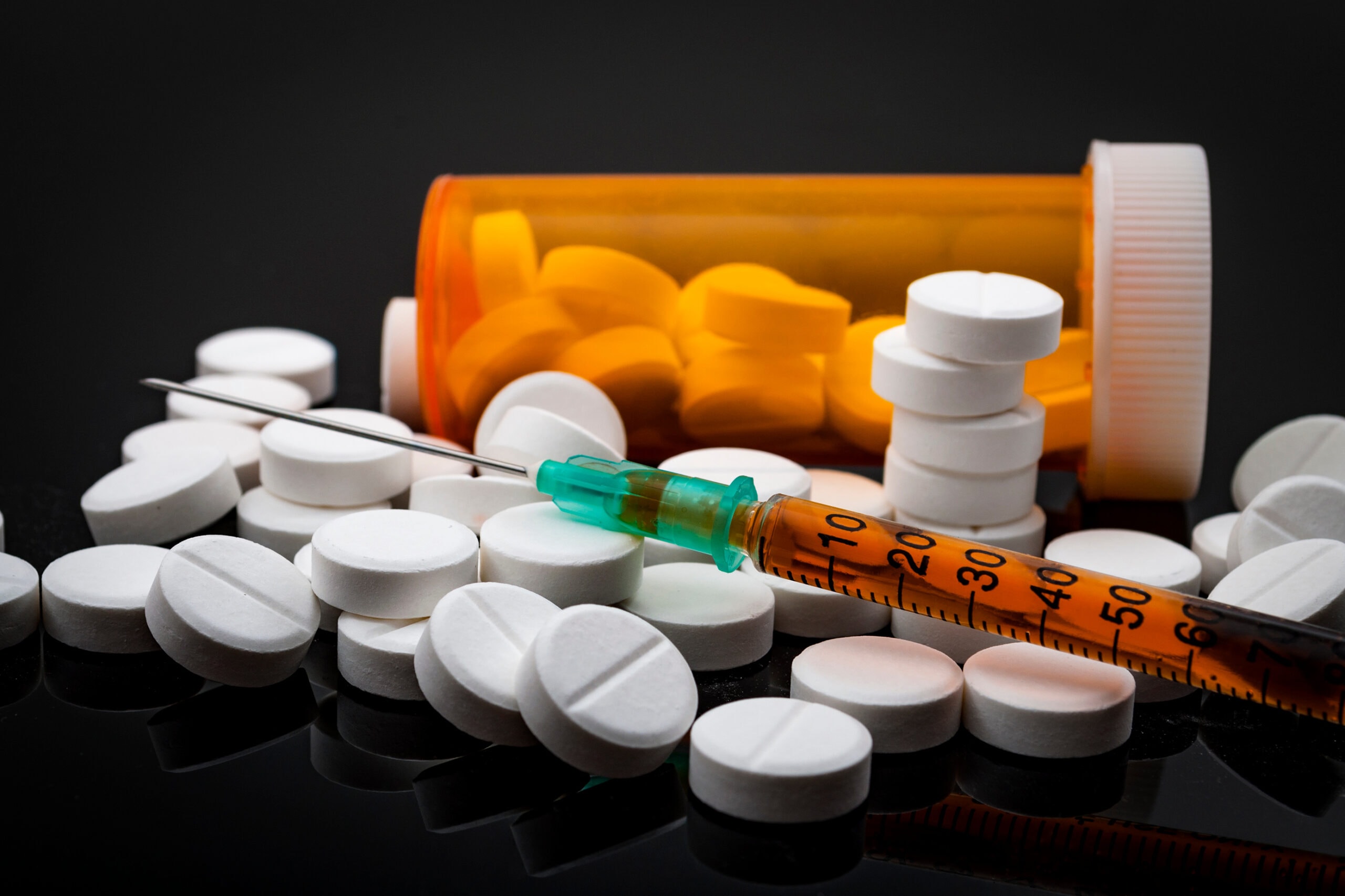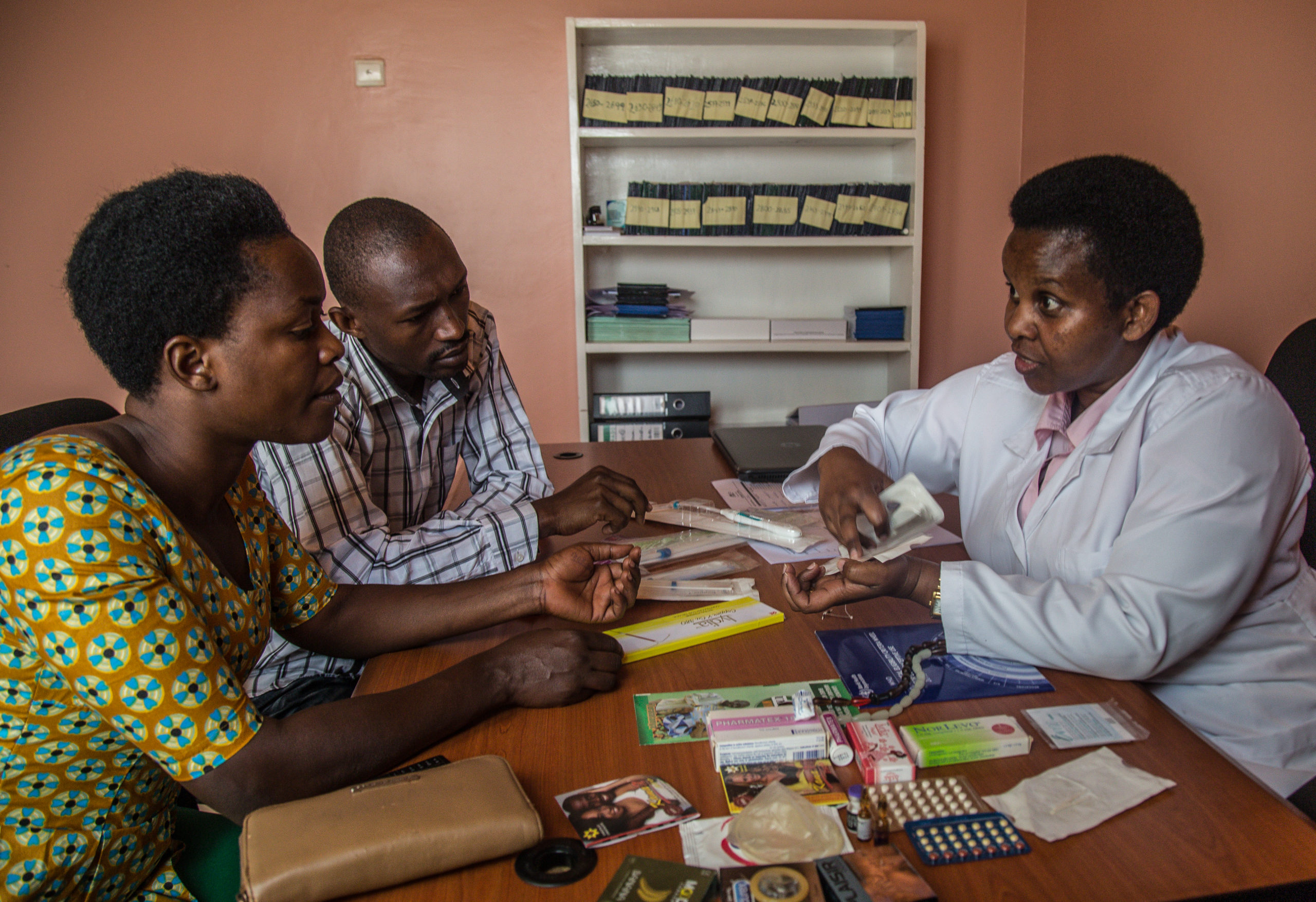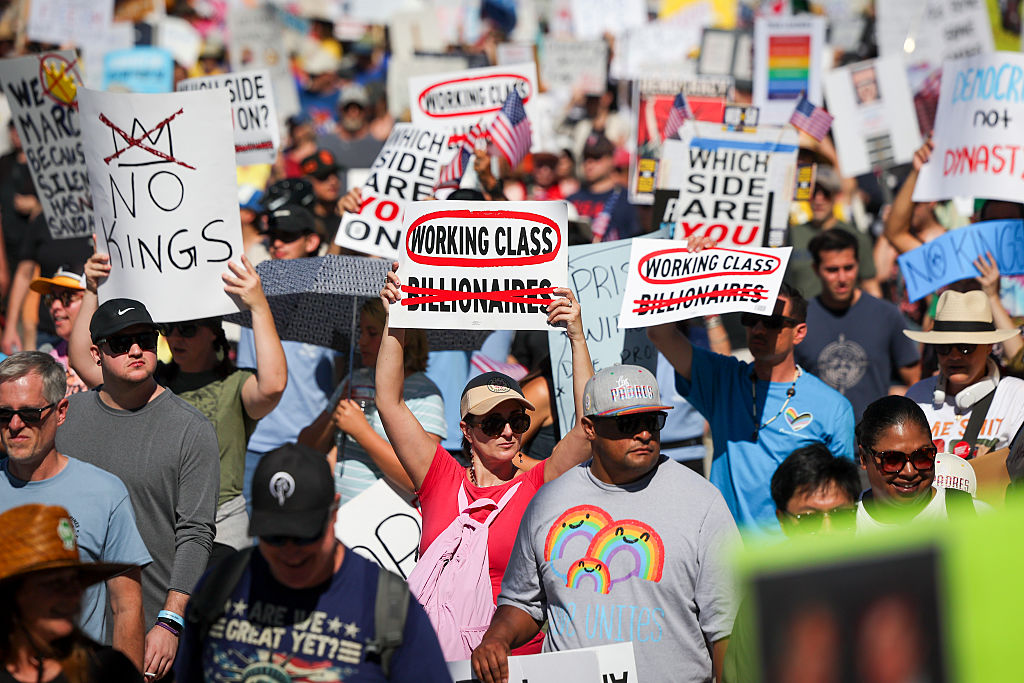Beloved pastor, social justice advocate Rev. Joseph Darby dies at 74 – WCIV

Report on the Life and Legacy of Reverend Joseph Darby and Contributions to Sustainable Development Goals
Executive Summary
Reverend Joseph Darby, a distinguished fourth-generation minister and social justice advocate, passed away at the age of 74. His 48-year ministry and public service career were marked by a profound commitment to equality and justice, aligning closely with several United Nations Sustainable Development Goals (SDGs). This report analyzes his contributions, particularly in relation to SDG 10 (Reduced Inequalities), SDG 16 (Peace, Justice and Strong Institutions), and SDG 17 (Partnerships for the Goals).
Advocacy for Reduced Inequalities and Social Justice (SDG 10 & SDG 16)
Reverend Darby’s work was fundamentally aimed at reducing systemic inequalities and promoting a just society. His efforts provided a significant contribution to the principles outlined in SDG 10 and SDG 16.
- He was a prominent voice for South Carolina’s Black community, championing causes of equality and social justice.
- His leadership was particularly notable following the 2015 Mother Emanuel church shooting, where he advocated for peace and justice.
- A family statement noted his actions were intended to “stir change” and that his focus on love for the marginalized is a core tenet of his legacy, directly supporting the goal of reducing inequalities.
Fostering Strong Institutions and Partnerships (SDG 16 & SDG 17)
Throughout his career, Reverend Darby was instrumental in building and strengthening institutions dedicated to social progress. His leadership roles exemplify the importance of partnerships in achieving sustainable development, as highlighted in SDG 17.
- African Methodist Episcopal (AME) Church: Served for 48 years across South Carolina, including at Nichols Chapel AME in Charleston, using the church as an institution for community support and advocacy.
- NAACP: Held the position of First Vice-President for both the Charleston Branch and the state-level NAACP, working within this key organization to advance civil rights.
- South Carolina Coalition of Black Church Leaders: Served as chairman, demonstrating a commitment to building partnerships among faith-based organizations to achieve common goals.
- South Carolina Black Hall of Fame: His 2002 induction recognized his significant and lasting impact on the state’s civic and religious institutions.
A Call for Justice in Governance (SDG 16)
In May 2003, at the invitation of Representative Jim Clyburn, Reverend Darby delivered an opening prayer to the U.S. House of Representatives. The prayer served as a direct appeal for governance rooted in justice, compassion, and righteousness, reflecting the core mission of SDG 16 to promote just, peaceful, and inclusive societies.
Key Themes from the Legislative Prayer:
- Accountable Governance: A call for legislators to make decisions “with an eye not towards what is politically convenient, but towards what is right for all Americans.”
- Global Peace: A plea to “keep all nations in perfect peace,” aligning with SDG 16’s target of reducing violence globally.
- Justice and Righteousness: Invoked the words of the prophet Amos, praying that “justice will roll on like a river, and righteousness will flow like a never failing stream.”
- Inclusive Society: A final appeal to become “one nation… with liberty and justice for all,” emphasizing the importance of unity and diversity in a just society.
Analysis of Sustainable Development Goals in the Article
1. Which SDGs are addressed or connected to the issues highlighted in the article?
-
SDG 10: Reduced Inequalities
- The article highlights Reverend Joseph Darby’s life work, stating he “fought for equality and advancing social justice.” This directly connects to the core mission of SDG 10, which is to reduce inequality within and among countries. His work specifically focused on racial equality as a leader in “South Carolina’s Black community” and the NAACP.
-
SDG 16: Peace, Justice and Strong Institutions
- This goal is central to the article. Reverend Darby’s response to the “2015 Mother Emanuel church shooting” addresses the need for peace and justice in the face of violence. His leadership roles in the “Charleston Branch of the NAACP” and the “South Carolina Coalition of Black Church Leaders” represent efforts to build strong, inclusive institutions that advocate for justice. Furthermore, his prayer to the US House of Representatives explicitly calls for “justice [to] roll on like a river” and for the nation to achieve “liberty and justice for all,” which are foundational principles of SDG 16.
2. What specific targets under those SDGs can be identified based on the article’s content?
-
Targets for SDG 10 (Reduced Inequalities)
- Target 10.2: “By 2030, empower and promote the social, economic and political inclusion of all, irrespective of age, sex, disability, race, ethnicity, origin, religion or economic or other status.” The article demonstrates this through Reverend Darby’s work as “First Vice-President of the Charleston Branch of the NAACP” and chairman of a coalition of church leaders, which are actions aimed at empowering and promoting the social and political inclusion of the Black community.
- Target 10.3: “Ensure equal opportunity and reduce inequalities of outcome, including by eliminating discriminatory laws, policies and practices…” Reverend Darby’s lifelong fight for “equality and advancing social justice” directly aligns with this target’s goal of ensuring equal opportunity and combating the systems that create inequalities of outcome.
-
Targets for SDG 16 (Peace, Justice and Strong Institutions)
- Target 16.1: “Significantly reduce all forms of violence and related death rates everywhere.” The article’s reference to his prominent voice “in the wake of the 2015 Mother Emanuel church shooting” connects his work to addressing and responding to extreme acts of violence and hate crimes.
- Target 16.3: “Promote the rule of law at the national and local levels and ensure equal access to justice for all.” This is explicitly referenced in his prayer: “…so that justice will roll on like a river… so that we can really become one nation, under God, with liberty and justice for all.” His work with the NAACP is a direct effort to ensure equal access to justice.
- Target 16.7: “Ensure responsive, inclusive, participatory and representative decision-making at all levels.” Reverend Darby’s leadership in organizations that give a “strong voice” to “South Carolina’s Black community” is a clear example of working towards this target by ensuring that the community’s perspectives are represented in public discourse and policy-making.
3. Are there any indicators mentioned or implied in the article that can be used to measure progress towards the identified targets?
-
Indicators for SDG 10 Targets
- For Target 10.2, an implied indicator is the representation of marginalized groups in leadership positions within civil society institutions. The article highlights Reverend Darby’s roles as “First Vice-President of the Charleston Branch of the NAACP” and “chairman of the South Carolina Coalition of Black Church Leaders” as evidence of his influence and the active participation of the Black community in advocacy.
-
Indicators for SDG 16 Targets
- For Target 16.1, the article mentions a specific event, the “2015 Mother Emanuel church shooting.” This event is a data point that would be captured by indicators such as the number of victims of intentional homicide or hate crimes. The article uses this event as a catalyst for Darby’s work towards peace and justice.
- For Target 16.7, an implied indicator is the existence and influence of institutions representing specific population groups in public life. The article names the NAACP and the South Carolina Coalition of Black Church Leaders as influential organizations, implying that their activity is a measure of inclusive and participatory processes.
- For Target 16.3, the call for “justice for all” in his prayer implies the need for progress. The work of the NAACP itself, mentioned in the article, serves as an indicator of efforts and advocacy to ensure equal access to the legal system.
4. Table of SDGs, Targets, and Indicators
| SDGs | Targets | Indicators (Identified or Implied in the Article) |
|---|---|---|
| SDG 10: Reduced Inequalities |
10.2: Promote social, economic and political inclusion of all.
10.3: Ensure equal opportunity and reduce inequalities of outcome. |
Implied: Representation of marginalized communities in leadership positions within civil society (e.g., leadership in the NAACP).
Implied: The existence of sustained advocacy efforts to advance social justice and equality. |
| SDG 16: Peace, Justice and Strong Institutions |
16.1: Significantly reduce all forms of violence and related death rates.
16.3: Promote the rule of law and ensure equal access to justice for all. 16.7: Ensure responsive, inclusive, participatory and representative decision-making. |
Identified: Specific instances of deadly violence and hate crimes (e.g., “2015 Mother Emanuel church shooting”).
Implied: Advocacy for “liberty and justice for all” through prayer and institutional work (NAACP). Implied: The existence and influence of institutions representing marginalized communities (e.g., “South Carolina Coalition of Black Church Leaders”). |
Source: abcnews4.com

What is Your Reaction?
 Like
0
Like
0
 Dislike
0
Dislike
0
 Love
0
Love
0
 Funny
0
Funny
0
 Angry
0
Angry
0
 Sad
0
Sad
0
 Wow
0
Wow
0



